
Let’s be honest, the thought of conducting science experiments in a classroom full of lively kids can be a bit daunting. Fret not, though! I’ve collected the most common questions that pop up among elementary school teachers and provided answers to help you navigate this exciting journey with confidence. So, let’s get started!

Q: How do I organize and store science experiment materials in my classroom?
A: Organizing and storing science experiment materials in your classroom can make your life easier! Consider using labeled storage bins, cabinets, or drawers to categorize materials based on the properties or experiment types. I also will label bins based on the unit that they’ll be used (ex: Force and motion – cars, rockets, ramps, etc). Keep commonly used items within reach and labeled in easy to grab bins, if possible. You can create a designated area where students can access and return materials independently. I have things like scissors, colored pencils, rulers, index cards in drawers at the front of my classroom so I can monitor their usage. Be sure to establish clear procedures with students so your materials will be treated with respect and returned to the correct location. Click here to read this blog post on Storage Ideas for the Science Classroom.

Q: What are the safety guidelines for conducing science experiments in the classroom?
Depending on the topics you teach in science, some of the experiments can become dangerous (circuits, chemical reactions, solutions, etc.). In the elementary classroom, experiments should be safe and free of any major risks. However, there are rules I review with my students prior to experiments. First, if there is something that spills (even just water), they are to get paper towels immediately. One person stands near the spill to stop others from walking on it while the other person gets the paper towels to clean up right away. Accidents happen, but we need to react quickly. I also review the materials that should not be eaten. We often do experiments with candy, but I tell students that I will give them clean candy after the experiment. Do not eat the experiment candy (hands have touched it, desks are dirty, etc.). In addition, I will give students gloves or goggles for any experiments that could cause danger to hands or eyes.

Q: What if I can’t answer a student’s question during an experiment?
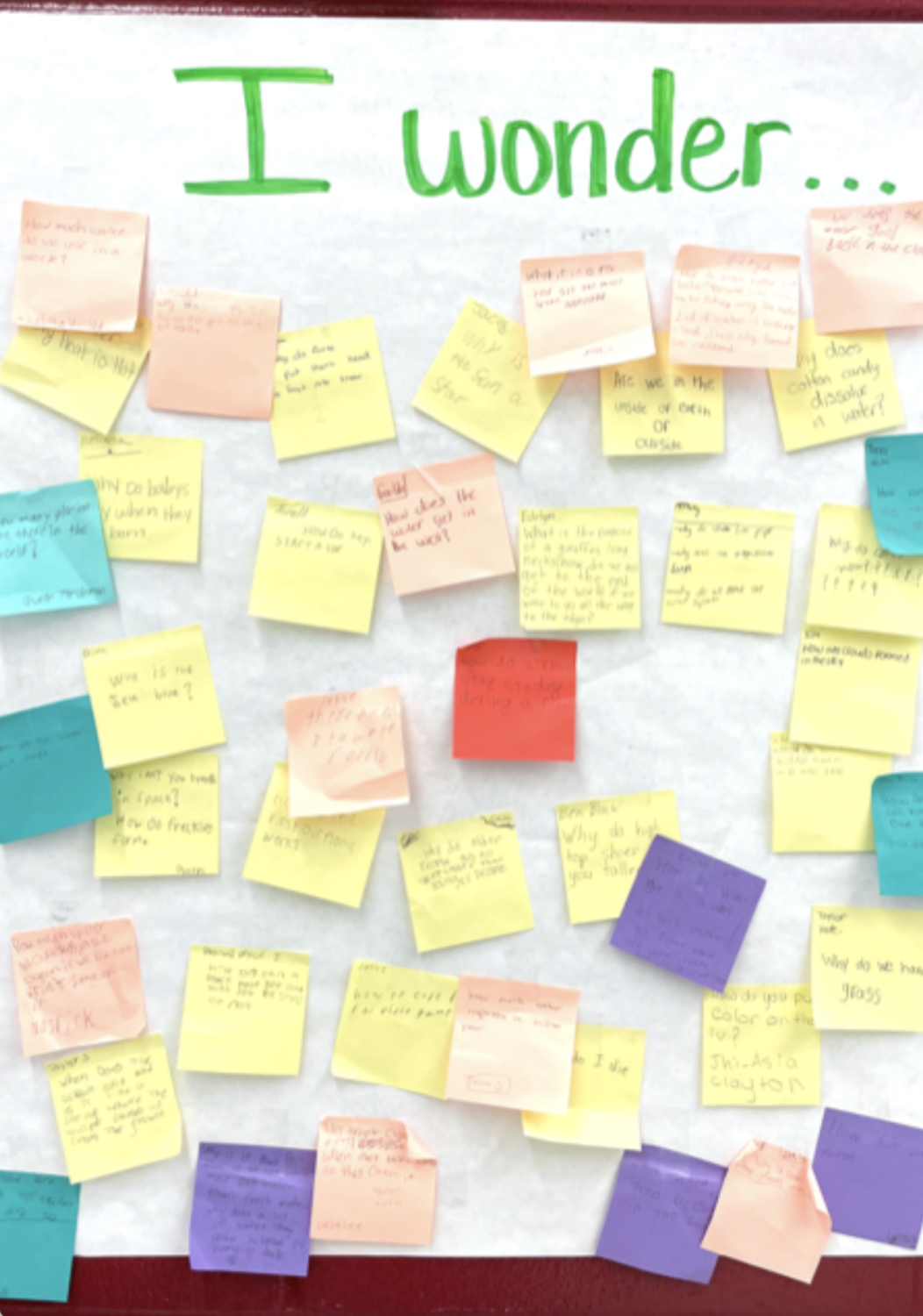
This happens to me all the time! It’s common for our students to ask questions that you may not know…I enjoy being stumped! Sometimes I tell students that I’m not sure of the answer and I encourage them to go home to google the answer…and come back to us to share the answer! Other times, I. may encourage students to write down their question on the “I wonder” wall. This allows students to feel like their question will be answered, just not at this time. (TIP: Just don’t forget to go research the answer and report back to the students!)

Q: What’s an easy science experiment to try first?
I recommend trying something SUPER easy (almost fail-proof) for your first science experiment in the classroom. I created this completely FREE Science lesson checklist. This will help you think through every single thing you need in order to have a successful science experiment. My favorite part is that I printed the checklist, laminated it, and have it by my desk. I use it on a regular basis as I plan science experiments. It forces me to think through the purpose of the experiment, the materials I will need, the procedure I’ll use with my students, how large groups will be, about how long it will take to complete, and even the questions I can ask during the experiment. Try this for FREE. You won’t regret it!

Q: How can I fit science experiments into my already packed curriculum schedule?
Incorporating science experiments into an already packed curriculum schedule may seem challenging, but with careful planning and integration, it’s possible. Start by identifying specific topics within your curriculum that lend themselves well to hands-on experimentation. Look for opportunities to align experiments with existing lessons or concepts, creating connections across subjects. Consider integrating science experiments into other subjects, such as math or language arts, to maximize learning outcomes. You can also allocate dedicated time slots for science experiments in your schedule, whether it’s a weekly or bi-weekly occurrence. Collaborate with colleagues to share resources, ideas and responsibilities, lightening the load and making it more manageable. Remember, science experiments provide invaluable learning experiences and help deepen students’ understanding of scientific concepts, making the effort well worth it.
Remember that experiments bring science to life. Students will learn more by doing the experiment rather than reading about one. Feel free to ditch the textbook lesson for a few days and try hands-on experiments instead. I think you’ll find that students will connect to the lesson and retain information wayyy better when they’ve actually interacted with the topic.
I’ve also had success using science experiments for the first 10 minutes or last 10 minutes of the class period. You can incorporate them as warm up/engage at the beginning of a lesson or as a wrap up/show what you’ve learned. Example: reflect, refract, and absorb light – Instead of having students read about these in the text book, let them experiment with flashlights and see how light interacts and travels. This will stick with the students far longer than if they just read about it in a textbook.

Q: How can I make science experiments more engaging for my students?
Science experiments will naturally engage your students! Here are a few ideas:
- Begin by introducing the experiment with an intriguing question or a real-world connection to spark students’ curiosity and generate interest.
- Allow students to actively participate in the experiment rather than just observing. Encourage them to manipulate materials, make predictions, and record observations.
- Foster a sense of collaboration by encouraging students to work in pairs or small groups. This promotes teamwork, communication, and the exchange of ideas.
- Encourage students to ask questions, make hypotheses, and design their own experiments within certain parameters. This empowers them to take ownership of their learning and develop critical thinking skills.
- Incorporate visuals, videos, and interactive simulations to enhance understanding and engage different learning styles. This can help make abstract concepts more accessible and relatable.
- Discuss the relevance and practical applications of the experiment in everyday life or in specific careers. This helps students see the value and importance of scientific knowledge and encourages them to pursue further exploration.
- Allocate time for students to reflect on their findings and engage in class discussions. Encourage them to share their observations, ask questions, and analyze the results collectively.
- My favorite: Recognize and celebrate students’ efforts and achievements during science experiments. This can be done through sharing findings, creating displays, or having mini-presentations.

Q: How do I make sure students actually learn from the experiment?
Students NEED to learn from the experiment…otherwise, what’s the point? This requires intentional planning and thoughtful implementation. Here are a few ideas:
- Set clear learning objectives: State the objective of the experiment at the beginning, during the middle, and again at the end of the experiment. It doesn’t need to be formal, but students should be able to tell you the purpose of the experiment. What are students expected to observe or discover during the experiment?
- Engage students in a pre-experiment discussion or activity to activate prior knowledge and build connections to the experiment. This helps establish a foundation and creates context for learning during the experiment.
- Provide opportunities for students to engage actively with the experiment. Encourage them to manipulate materials, collect data, make observations, and draw conclusions based on evidence. Again, ask students to focus on the learning objective. What are they expected to observe or discover?
- Use open-ended and probing questions to guide students’ thinking throughout the experiment. Encourage them to think critically, make connections, and reflect on their findings.
- Incorporate opportunities for students to communicate their observations, ideas, and conclusions. This can include discussions, written reflections, or presentations. Encourage them to use scientific vocabulary and support their claims with evidence from the experiment.
- Give time for students to reflect on the experiment. Was their hypothesis correct? Why or why not? Encourage students to compare their results with their initial predictions, identify patterns, and discuss possible sources of error.
- Connect to the real world. Help students understand the practical applications of the experiment. How does this relate to a real-life situation? This can deepen their level of understanding and foster a sense of relevance.
- Use formative assessments to gauge students’ understanding throughout the experiment. This can be done through informal observations, quizzes, or hands-on activities. Adjust instruction accordingly to address any misconceptions or gaps in understanding.
- End the class time with a 5 minute wrap up conversation. What was discovered during the experiment? How does this align to the learning goal of today? What can you go home and tell your parents that you learned today during the experiment?

Q: Are there any tips for troubleshooting common issues that may arise during science experiments?
Science experiments can sometimes encounter common issues, but you can troubleshoot and address them quickly and effectively. Here are a few tips to help you navigate potential challenges:
- Plan ahead: Think about your students. What will they struggle with? What questions will they ask? Anticipate possible issues or obstacles that may arise during the experiment. Think about potential confusion about procedures – can you post them on the whiteboard for students to refer to? Think about sharing supplies with other teams – can you set up a system for students to share or do you have enough of every material?
- Model and demonstrate: Before students conduct the experiment, provide a thorough demonstration of the procedures and expectations. This helps set clear expectations and reduces the likelihood of errors or confusion.
- Monitor and assist: Circulate around the classroom during the experiment, actively observing and assisting students as needed. Be attentive to signs of confusion, misinterpretation, or improper technique. You can stop the entire class to clarify directions or answer any questions. Offer guidance, ask probing questions, and provide support to help students overcome challenges.
- Encourage problem-solving: When students encounter difficulties, encourage them to engage in problem-solving. Ask open-ended questions to guide their thinking and help them come up with potential solutions. Foster a growth mindset and emphasize the importance of learning from mistakes.
- Peer Collaboration: How many students will work together? Will they need to change seats? Rearrange tables? Think through each of these things so that you can avoid any potential issues.
- Reflect and learn: After the experiment, give students time to reflect on any challenges they faced and discuss potential solutions. Encourage students to share insights, strategies, and lessons learned during the experiment. This promotes metacognition and helps build problem-solving skills for future experiments.

Q: How can I involve parents and families in the science experiment process?
Every 3-4 weeks, I send home a new STEM challenge with my students. All of the supplies fit in a plastic baggie, so I call them STEM in a Baggie Challenges. Students and parents have loved these and I often get many e-mails with pictures from their experiment time at home. This has been such a fun way to incorporate families into the science experiment process!
You can also invite families and parent volunteers to come in and help with science experiments. A bonus would be to even find a family member with a background in science so they can lead the experiment completely!
Your school can host science days or science family nights.

Q: How do I manage behavior during hands-on science experiments?
In order for science experiments to work, you must have strong behavior management. Most of the time, students will be so excited for an experiment. Sometimes, this excitement translates into misbehavior. As much as I hate to take away an experiment from students, I have done it before. It shows that I’m serious about my expectations. Normally, it just takes one example of this to not ever need it again.
- Set clear guidelines before you even let students touch the materials. Explain WHY you have these expectations.
- Let students play first. If your materials are exciting, let students explore the materials before you start with your experiment. For example: magnets are always entertaining. Give students 3 minutes to explore with their magnets before starting the experiment. This gives them play time and allows them to get it out of their system, prior to the experiment starting).
- Model and demonstrate proper behavior. I even like for students to model inappropriate science experiment behavior. They have fun with non-examples and remember that it’s inappropriate behavior for the future.
- Clearly establish who is allowed to move around the classroom. Is there a student designated to gather materials? When can they throw away items? What if something spills?
- Positive reinforcement is my favorite. Praise students who are doing what you want. Publicly praise them for using kind words with others. Promoting a positive classroom culture will motivate other students to engage in those desired behaviors. Want everyone to sit with their hands on the table? Compliment students who are doing that. Want students to have clear areas? Verbally compliment students who are modeling that. It works like a charm!
- Think about your groups. Consider the dynamics of student groups during experiments. Are your students able to select their partners or do you need to assign them? Ensure groups are balanced in terms of abilities, personalities, and behavior.

Q: How do I evaluate student learning during experiments?
I like to use recording sheets for every experiment. This allows students to write their hypothesis, collect data, make observations, draw conclusions – all in one place. I collect these at the end of the experiment and I tell students that’s how they will be graded. When I collect the recordings whets, I look for the objectives to be met. Did they master the skill? Did they record their findings and draw a conclusion? Did students show critical thinking and evidence of understanding?

Q: How can I conduct science experiments on a tight budget?
I’m always on a tight budget! I used to work at a low-income school with very little parent involvement. I hate to admit this, but I spent TOO much money on science experiments when I taught at that school. I wanted my students to have the experience, so I sacrificed. However, I shopped at low-priced stores like Dollar Tree and Walmart as often as possible.
I currently work in a school with a fairly active parent community. I send home an email about 3 weeks prior to needing the materials. I ask for students and families to donate some of the materials. Often, I get everything I need this way. But, you have to plan ahead for this strategy!
Does your school have a PTA or PTSA? Mine has a grant program where I can complete an application for science materials and get approved.
Donor’s Choose is an awesome resource for crowdfunding!

Q: What do I do if a science experiment fails?
To help with this, try to do the experiment at home first. You should always do a dry run of the experiment before you try it in front of a classroom full of wide-eyed twelve year olds! 🙂
It happens! First of all, stay calm and positive. Take time to reflect with your students. What could have caused the experiment to fail? Maybe the materials were old and no longer created the right reaction. Maybe students measured the ingredients incorrectly or the tools were malfunctioning. It’s okay! This is science and failure happens ALL THE TIME. I just remind students that this is a part of science. Sometimes we can problem solve and figure out how to get the experiment to work. Other times, it’s a flop. Focus on the process rather than the outcome. Highlight the skills and knowledge gained throughout the experiment. Talk about what it should look like OR find a YouTube video where the experiment worked. It can be so frustrating when an experiment flops, but the conversation that comes from it can be more valuable, if you allow it!
There you have it.. Frequently Asked Questions to incorporate science experiments into your elementary classroom. Remember, the goal is to make science fun and engaging, sparking curiosity in young minds. Sure, there will be challenges along the way, but that’s all part of the journey! So, embrace the mess, enjoy the process, and watch as your students discover the world in ways they never have before!
Ready to dig in and try science experiments in your classroom? Here are 10 EASY science experiments ready for you!
Save these Science Experiment FAQs!
Pin these FAQs to your favorite classroom Pinterest board. Then you can come back whenever you need ideas or inspiration!
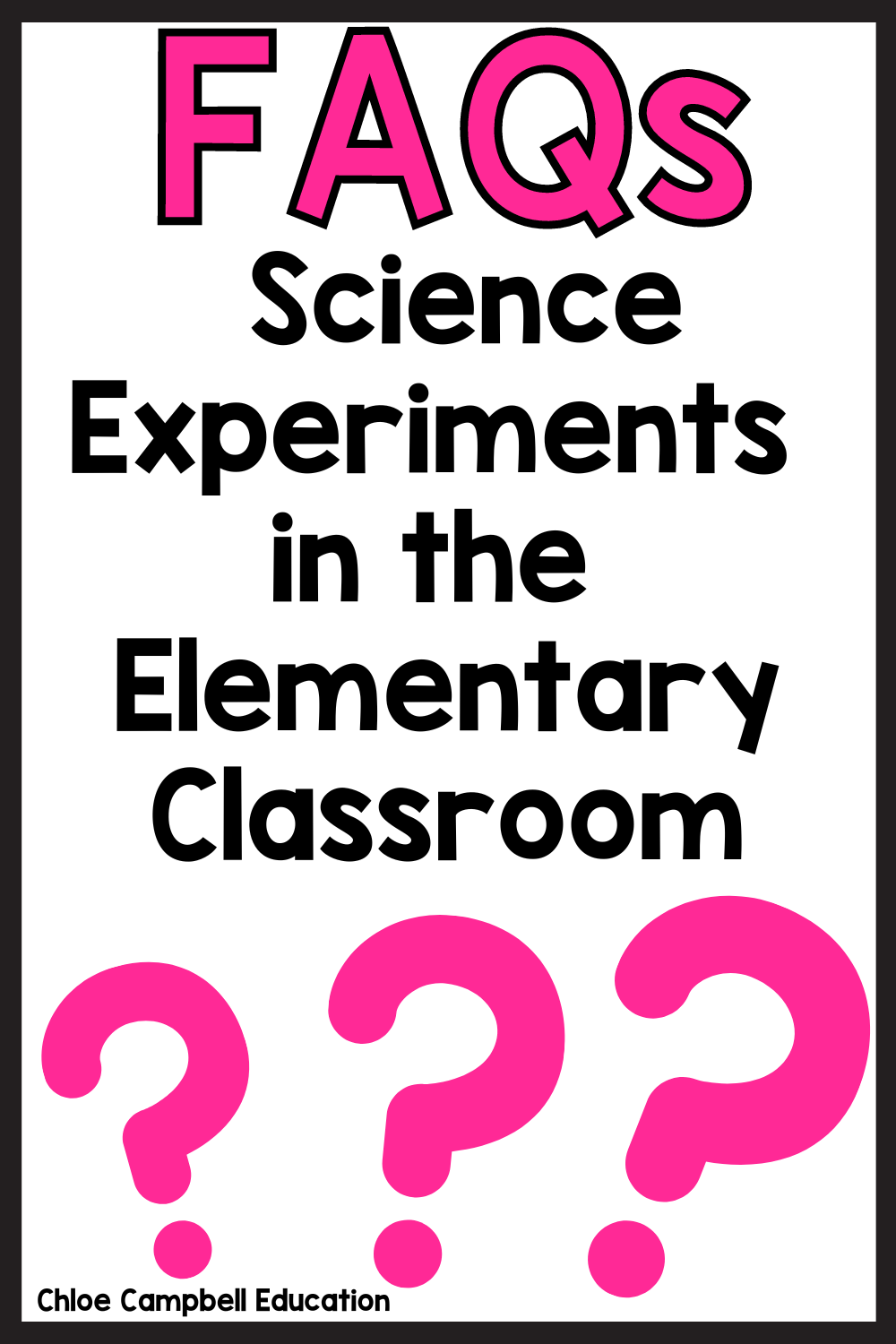
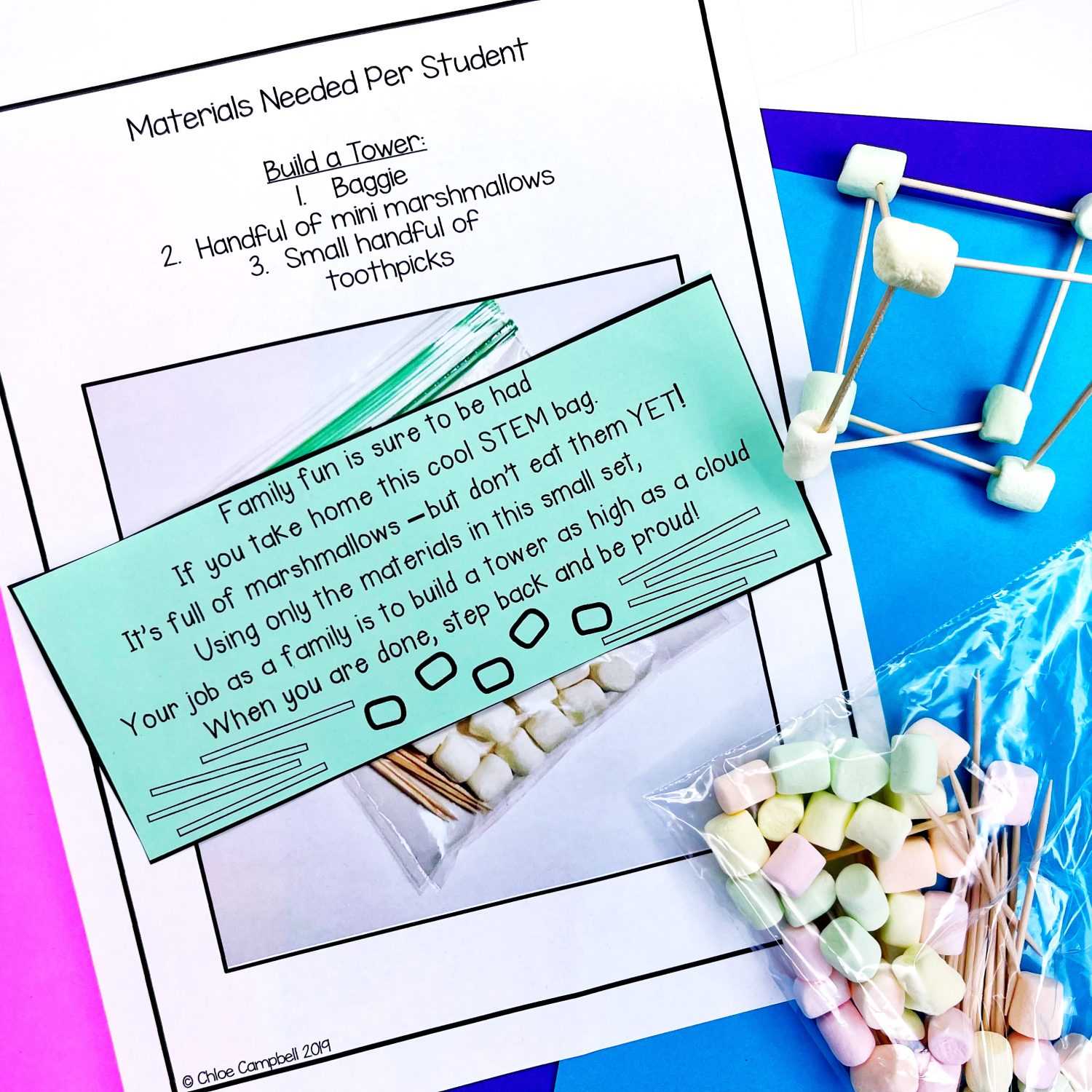
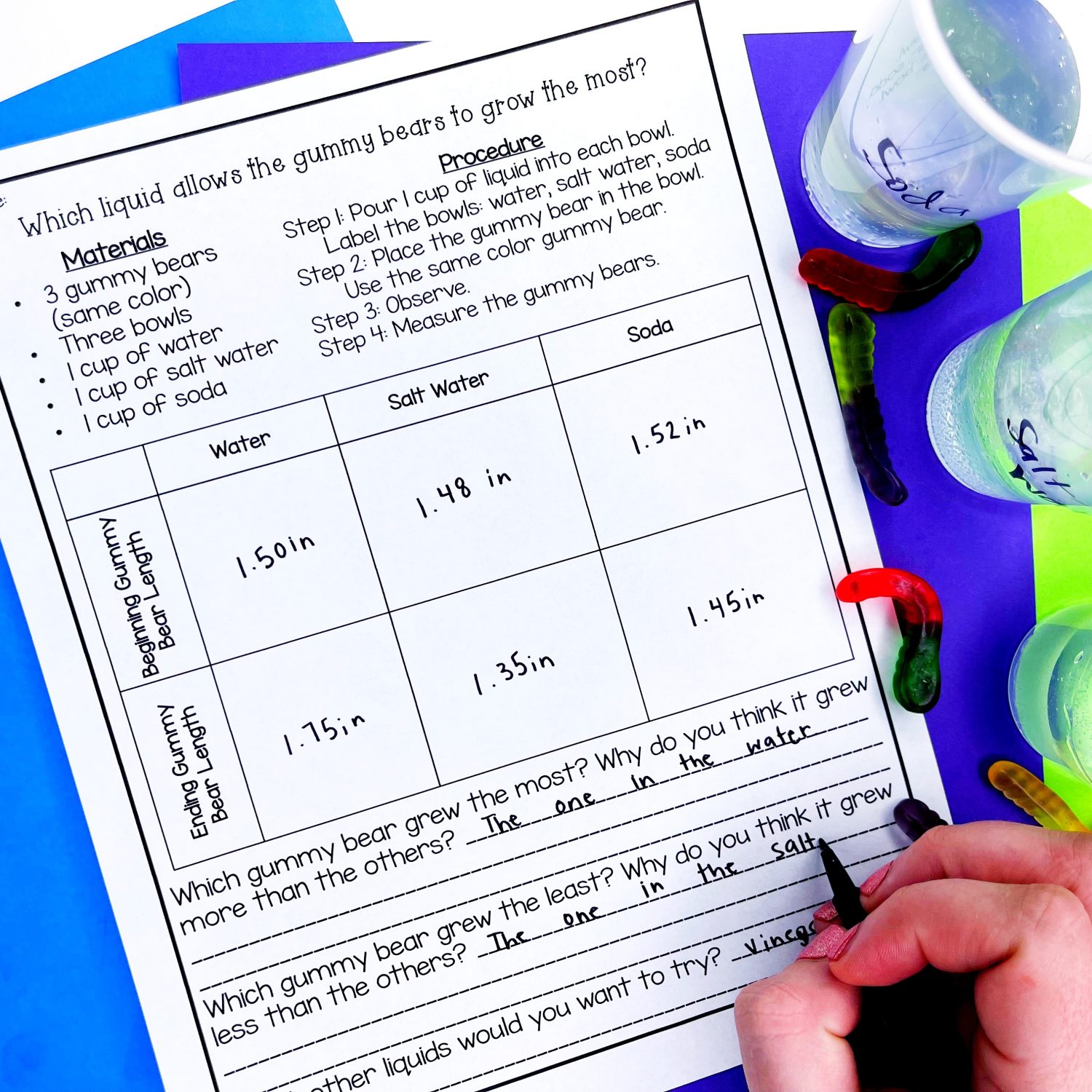
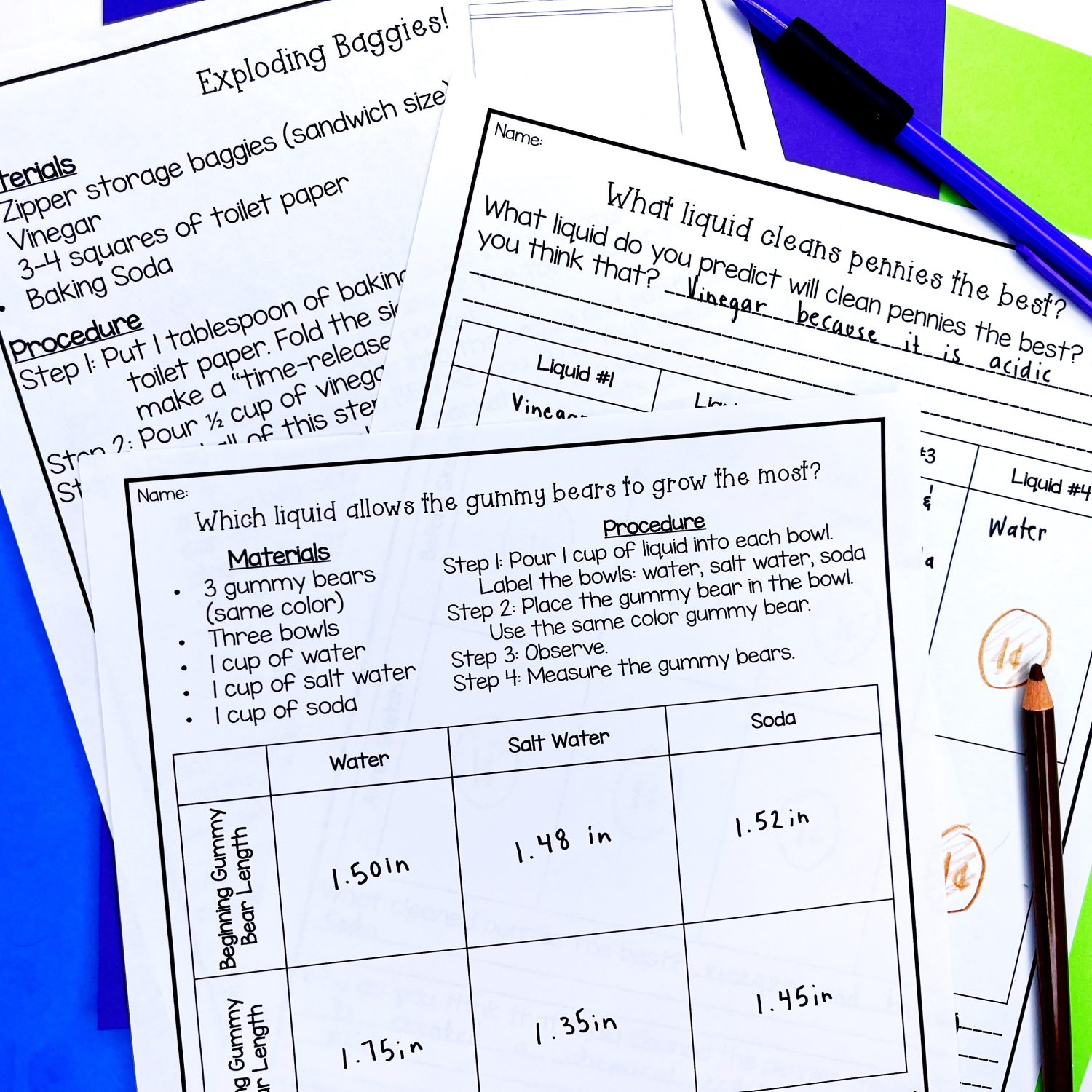
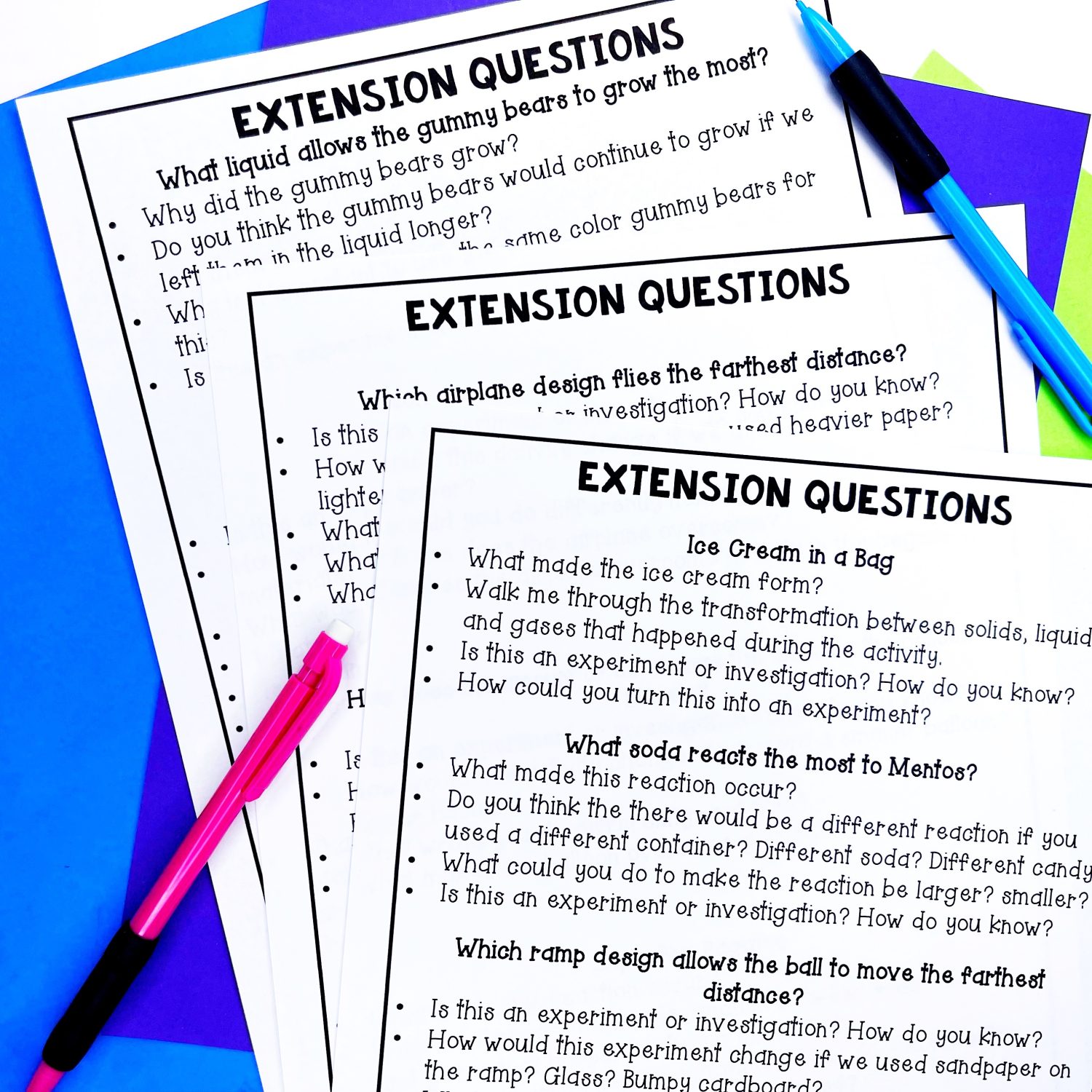


Leave a Reply